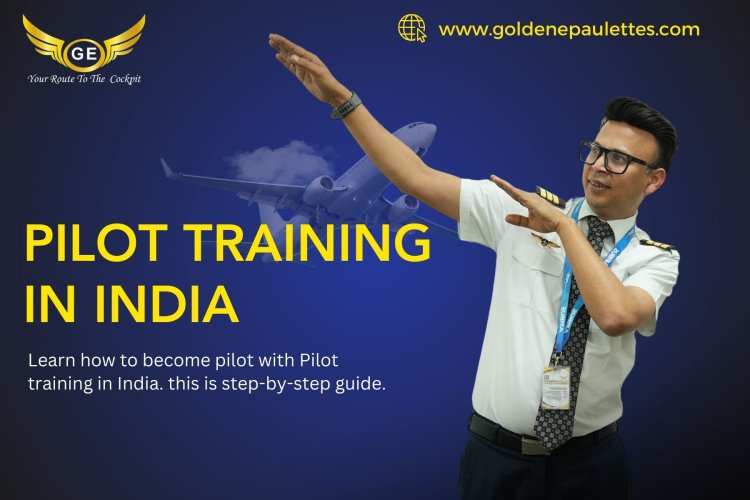Understanding the Different Types of Pilot Licenses in India
This article will guide you through the different types of pilot licenses available in pilot training in India and help you choose the one that aligns with your aspirations.

Understanding the Different Types of Pilot Licenses in India
In pilot training in India, aspiring aviators have the opportunity to earn various types of pilot licenses, each corresponding to different levels of expertise and career opportunities. The type of license you pursue depends on your goals, whether you plan to fly commercially or simply as a hobbyist. Each license has specific requirements, and understanding the differences between them is crucial for anyone interested in a career in aviation.
This article will guide you through the different types of pilot licenses available in pilot training in India and help you choose the one that aligns with your aspirations.
Private Pilot License (PPL)
The Private Pilot License (PPL) is the first step in pilot training in India for those who wish to fly for personal use. It allows individuals to fly small aircraft for non-commercial purposes, such as leisure flying or flying family and friends.
To obtain a PPL, candidates must complete a minimum of 40 hours of flight training, which includes both practical flight lessons and ground school. They must also pass written exams covering subjects such as aviation regulations, meteorology, and flight planning.
Commercial Pilot License (CPL)
A Commercial Pilot License (CPL) is required for anyone who wishes to fly professionally and be paid for their services. A CPL enables pilots to work for airlines, cargo companies, and charter services.
In pilot training in India, the CPL requires a more extensive training program compared to the PPL. The minimum requirement for a CPL is 200 hours of flight training, which includes both dual and solo flying. Students also need to pass a series of written exams and undergo medical assessments to ensure they meet the physical requirements for commercial flying.
Airline Transport Pilot License (ATPL)
The Airline Transport Pilot License (ATPL) is the highest level of pilot certification and is required for anyone who wishes to serve as a captain for a commercial airline. Pilots with an ATPL have the qualifications to operate large commercial aircraft and oversee entire crews on long-haul flights.
To obtain an ATPL, pilot training in India requires candidates to complete a significant number of flight hours (usually around 1500 hours) and pass multiple written exams. Additionally, they must undergo extensive training on advanced flight operations, flight planning, and emergency procedures. This license is typically pursued after obtaining a CPL.
Flight Instructor License (FIR)
For those who wish to teach others how to fly, a Flight Instructor License (FIR) is required. The FIR allows experienced pilots to become flight instructors, teaching students at flight schools and helping them earn their PPL or CPL.
To obtain an FIR, pilots must first hold a CPL, accumulate teaching experience, and pass an instructor training course. They must also have a thorough understanding of flight theory and teaching techniques.
Conclusion
In pilot training in India, understanding the various types of pilot licenses is essential for anyone pursuing a career in aviation. Whether you're starting with a PPL or aiming for an ATPL, each license offers unique opportunities and requirements. Choose the one that best fits your career goals and enjoy the journey towards becoming a skilled pilot.
What's Your Reaction?
















.jpg)
